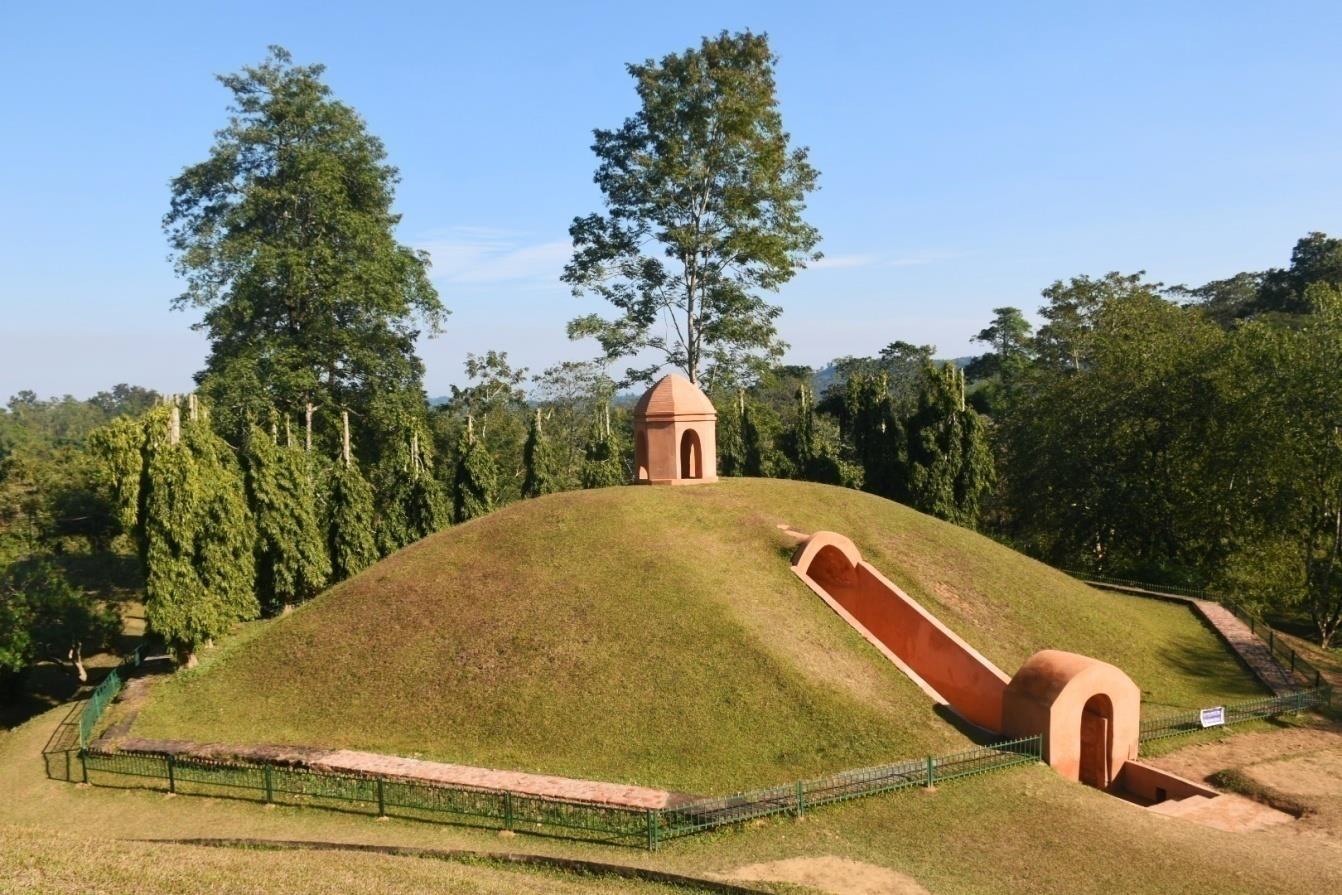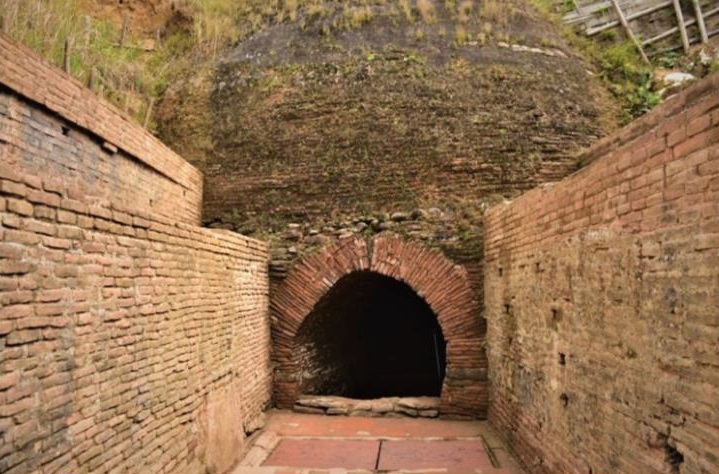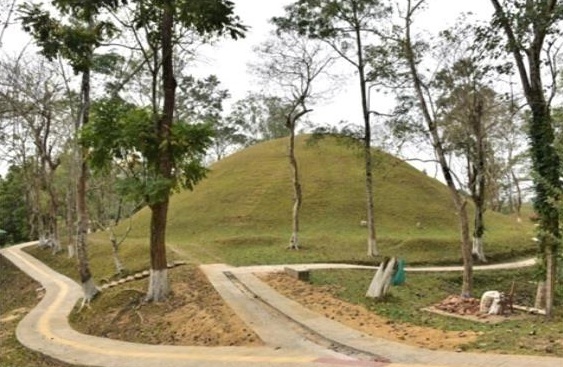Charaideo Maidam, located in the serene landscape of Charaideo in Assam, India, holds immense historical and cultural significance. This site, often referred to as the “Pyramid of Assam,” is a collection of ancient burial mounds, or maidams, belonging to the Ahom kings and nobility. Let’s delve into a detailed explanation of Charaideo Maidam and uncover the layers of its historical, cultural, and architectural importance.
Historical Background
The roots of Charaideo Maidam trace back to the Ahom dynasty, which ruled Assam for six centuries, from the 13th to the 19th century. The Ahoms, of Tai-Ahom origin, established a distinct kingdom with Charaideo as their first capital. It was during this period that the practice of constructing maidams, or burial mounds, began.
The Ahom rulers considered Charaideo sacred, not only as a capital but also as the final resting place for their departed monarchs. The construction of maidams was a ritualistic and symbolic act, reflecting the Ahom belief in an afterlife and the continuity of royal authority even beyond death.

Architectural Significance of Charaideo Maidam
The most striking feature of Charaideo Maidam is its unique architectural design. The maidams, resembling pyramids, are conical structures constructed with a combination of bricks and stones. Each maidam is surrounded by a spacious courtyard and is typically crowned with a decorative urn-like structure known as a “Deoal.” The Deoal serves both a symbolic and aesthetic purpose, adding an element of grandeur to the burial site.
The engineering prowess displayed in the construction of these maidams is remarkable, considering the limited technological resources available during the Ahom era. The meticulous craftsmanship and attention to detail underscore the cultural and spiritual importance attached to these burial sites.

Symbolism and Rituals
Charaideo Maidam is not merely a collection of tombs; it is a manifestation of the Ahom worldview and their deeply ingrained cultural practices. The maidams symbolize the link between the earthly realm and the afterlife, signifying the eternal presence of the departed rulers in the spiritual domain.
The Ahom rulers believed in a complex system of ancestor worship, and the construction of elaborate burial mounds was an integral part of this belief system. The rituals associated with these maidams involved a blend of animistic, Hindu, and Buddhist elements, reflecting the diverse cultural influences prevalent in Assam during that period.
Also Read: Article 371 : The special status of States of India in details
Cultural Heritage
Declared as a UNESCO World Heritage Site, Charaideo Maidam stands as a testament to Assam’s rich cultural heritage. The site’s inclusion in the prestigious list recognizes its universal value and the need for its preservation for future generations.
The cultural importance of Charaideo Maidam extends beyond its architectural and archaeological significance. The site serves as a tangible link to Assam’s past, fostering a sense of identity and pride among the local population. The preservation of Charaideo Maidam is not just a matter of historical conservation but a commitment to safeguarding the cultural legacy of the Ahom civilization.

Preservation Efforts
While Charaideo Maidam has endured the test of time, it faces challenges related to conservation and preservation. Environmental factors, encroachment, and the need for sustainable tourism practices are issues that demand attention to ensure the longevity of this cultural treasure.
Efforts by governmental and non-governmental organizations to conserve Charaideo Maidam include measures to prevent structural decay, erosion, and unauthorized construction in the surrounding areas. Additionally, initiatives to raise awareness about the historical and cultural significance of the site are crucial for garnering public support and involvement in preservation activities.
UNESCO World Heritage Site
Charaideo Maidam stands as a cultural gem, encapsulating the spiritual, architectural, and historical legacy of the Ahom dynasty. The burial mounds, with their pyramid-like structures and intricate details, offer a glimpse into a bygone era. As Assam’s only designated UNESCO World Heritage Site, Charaideo Maidam demands not only admiration for its aesthetic appeal but also a deep appreciation for the cultural narratives it preserves.
The efforts to conserve and protect Charaideo Maidam are not just about preserving stones and bricks; they are about safeguarding a vital chapter of Assam’s history and ensuring that future generations can connect with the roots of their cultural identity. As visitors stand amidst the ancient maidams, they are transported to a time when the Ahom rulers looked beyond mortality, leaving behind an enduring legacy etched in stone and earth.